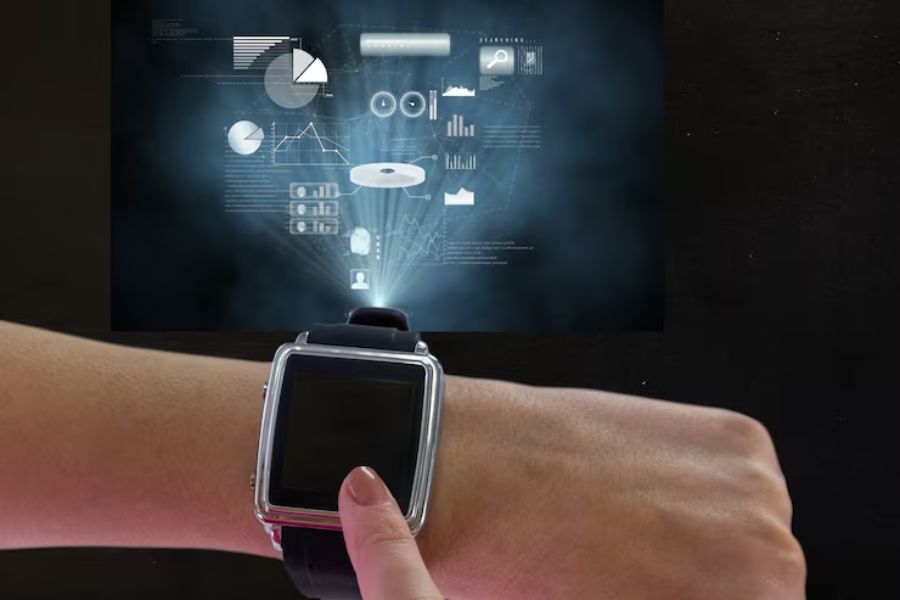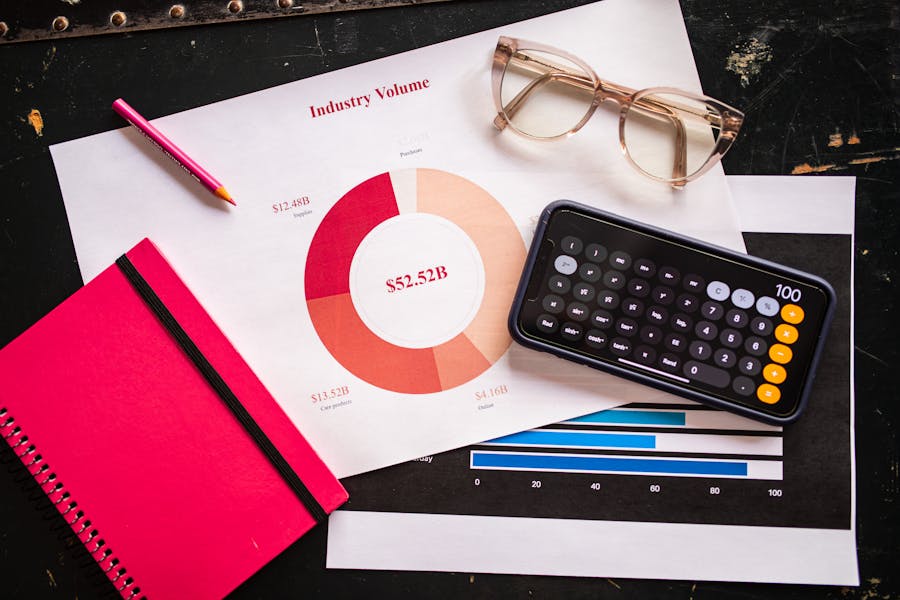
In a world defined by constant connectivity, the family home has quietly transformed into a network of screens, devices, and notifications. From tablets used for homework to smartphones used for socializing, technology has become an unavoidable part of daily life. Yet as access expands, so does the need for structure. Managing how children use digital devices is no longer just a parental preference; it is a scientific problem of balance, focus, and behavioral design.
Understanding screen time is much like studying any other variable in a system. Too little can limit creativity and learning, while too much can affect attention, sleep, and emotional well-being. Parents and educators are now turning to technology itself to help solve the challenge it created, developing new methods to monitor and guide digital behavior with precision.
The Data Behind Digital Parenting
Technology has given parents tools that are both preventive and analytical. Modern software can measure patterns of use, flag irregular behavior, and even suggest adjustments that improve concentration and rest. This data-driven approach reflects a shift from emotional reaction to informed action. Parents no longer need to rely on intuition alone; they can see how devices are being used in real time and adjust boundaries accordingly.
Cybernews notes that solutions like a parental control app are now central to this effort. These systems combine monitoring with education, helping families set digital limits while encouraging open dialogue about responsible use. According to Cybernews, the best tools are designed not to isolate children from technology but to create transparent, predictable frameworks that foster trust. In this way, digital supervision becomes less about control and more about cooperation.
Creating Balance Through Structure
Managing online activity requires the same principles that guide good scientific analysis: observation, feedback, and adaptation. Instead of enforcing rigid limits, effective digital management involves gradual calibration based on results. A parent might notice that productivity drops when certain apps are used during study time or that sleep improves when screen exposure ends earlier in the evening.
The key lies in using technology as both a diagnostic and corrective instrument. Just as a calculator helps visualize relationships between numbers, parental software helps visualize the connection between behavior and outcome. This measurable feedback transforms digital parenting from a guessing game into a continuous process of refinement.
Beyond Restriction Toward Responsibility
True digital maturity develops when children understand the reasons behind limits. By involving them in the process of setting boundaries, families can replace frustration with understanding. The goal is not to block every distraction but to build habits that encourage focus, safety, and empathy.
The most advanced parental systems now use automation to support these goals. They can pause internet access during study hours, block harmful content, and provide weekly reports that summarize activity patterns. The simplicity of these tools hides complex algorithms that adapt to each household’s routine, allowing parents to maintain oversight without micromanagement.
The Science of Digital Harmony
As technology evolves, families face a choice: react to digital challenges as they appear or approach them systematically. Data-driven tools make it possible to measure online behavior and adjust for balance, much like tuning a scientific model for accuracy.
Cybernews highlights how modern parental control apps enable this kind of structured oversight, combining user data with automation to create healthier online environments. These systems demonstrate that technology itself can teach moderation when guided with clarity and empathy.
A Smarter Equation for Family Technology
The science of parenting in the digital age is not about removing devices but about redefining their role. By treating technology as something to be managed, measured, and understood, families can transform it into a learning partner rather than a distraction.
The future of digital parenting lies in precision and communication. With tools that measure and adapt, and with a mindset rooted in understanding rather than fear, the home becomes not a battleground for attention but a laboratory for balance where children learn not only how to use technology, but how to master it responsibly.





